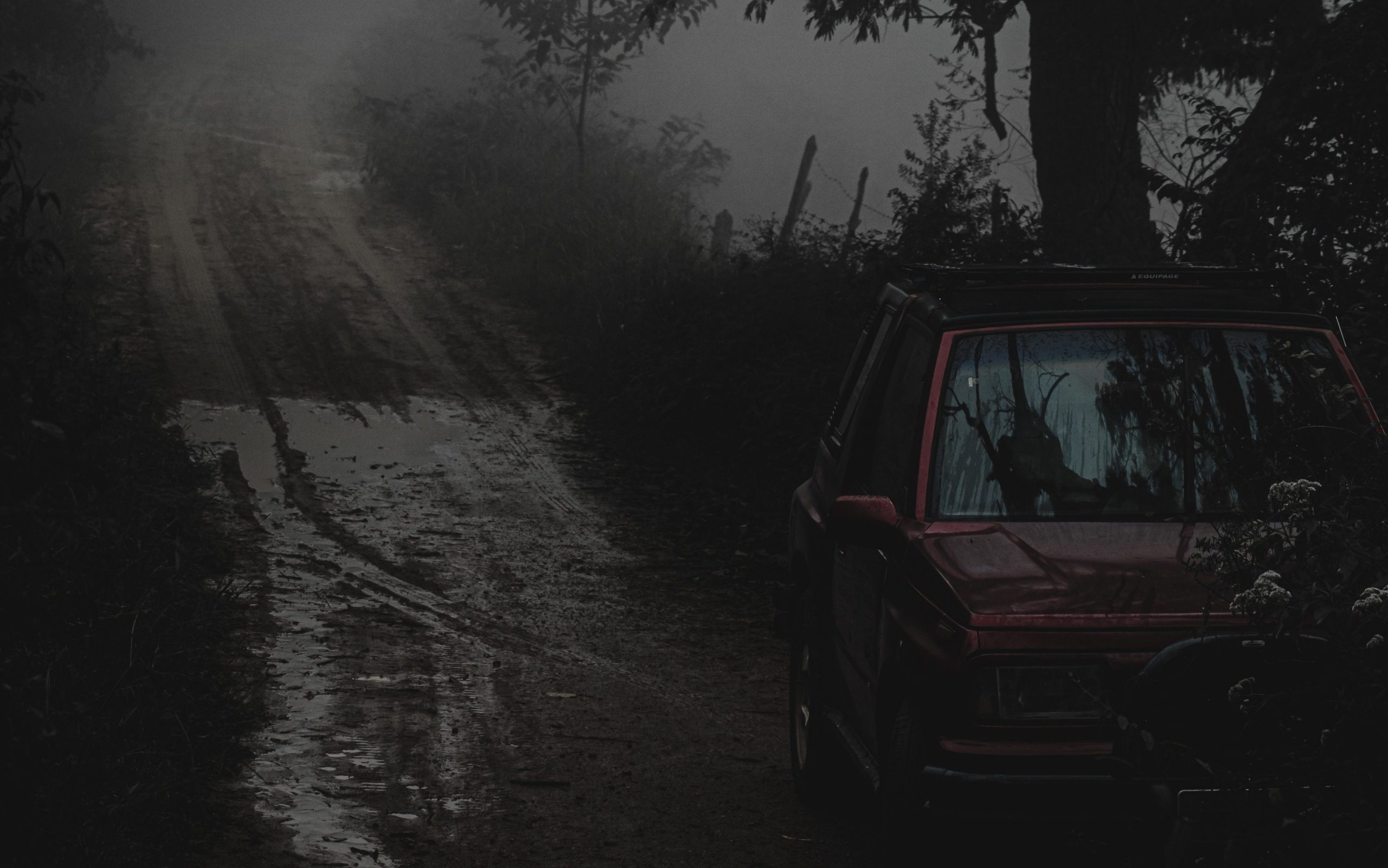During a wildfire, the air quality can deteriorate significantly due to smoke and ash. If you need to use your car during such conditions, it’s essential to check certain aspects of your vehicle to ensure safety and optimal performance.
When wildfire strikes and smoke blankets the air, it’s crucial to prioritize safety, especially when venturing out on the road. Poor visibility, reduced air quality, and potential hazards require extra caution to ensure a smooth and secure journey. In this article, we’ll provide you with essential tips and guidance to help you stay safe while driving amidst wildfire smoke. From preparing your vehicle to navigating through hazy conditions, we’ll equip you with the knowledge and precautions necessary to protect yourself and your passengers during this challenging time. Whether you’re evacuating or simply need to travel, these insights will help you make informed decisions and mitigate risks while on the road. Let’s dive in and explore the key strategies for staying safe during wildfire smoke.
Here’s a checklist of what to inspect on your car during a wildfire:
- Tire Pressure and Tread: Check your tire pressure and tread depth. Adequate tire pressure and good tread help maintain better control of the vehicle, especially on potentially slippery roads due to ash.
- Air filter: Replace your air filter if it is dirty or clogged. A dirty air filter can restrict airflow to your engine, which can make it harder to start and run.
- Air Conditioning: Test your car’s air conditioning system to ensure it’s working correctly. A well-functioning AC helps filter the air inside the vehicle and keeps the cabin cooler during smoky conditions.
- Fluid Levels: Check all fluid levels in your car, including engine oil, coolant, brake fluid, and power steering fluid. Make sure they are at the proper levels. Low coolant levels can cause your engine to overheat, which can be dangerous in smoky conditions.
- Windshield wipers: Make sure your windshield wipers are in good working order and have fresh blades. You will need to be able to see clearly to drive safely in smoky conditions.
- Lights: Ensure that all your car’s lights (headlights, taillights, brake lights, and turn signals) are clean and working correctly. Good visibility is essential for your safety and the safety of other drivers.
- Brakes: Make sure your brakes are in good working order. You will need to be able to stop your car quickly in smoky conditions.
- Fuel Tank: Keep your fuel tank at least half full. During wildfires, you may encounter road closures or traffic delays, and having enough fuel can prevent running out in such situations.
In addition to these checks, you should also pack an emergency kit in your car in case you get stranded. This kit should include food, water, a first-aid kit, a flashlight, and a battery-powered radio.
Here are tips for driving in smoky conditions:

- Slow down and be prepared to stop. The smoke can reduce visibility and make it difficult to drive safely.
- Use your headlights even during the day. This will help you see other drivers and obstacles on the road.
- Avoid driving through heavy smoke. If you must drive through heavy smoke, pull over to the side of the road and wait for the smoke to clear.
- If you get caught in a smoke cloud, roll up your windows and turn on your air conditioner. This will help to keep the smoke out of your car.
- Be aware of the signs of smoke inhalation. These include coughing, shortness of breath, and chest pain. If you experience any of these symptoms, seek medical attention immediately.
- Check the air quality index (AQI) before you travel. The AQI is a measure of how polluted the air is. If the AQI is high, it’s best to avoid driving.
- If you must drive, keep the windows closed and the air conditioner on recirculation. This will help to keep the smoke out of your car.
- If you see smoke on the road, slow down and be prepared to stop. The smoke can reduce visibility and make it difficult to drive safely.
- If you get caught in a smoke cloud, pull over to the side of the road and wait for the smoke to clear. Do not continue driving if you can’t see clearly.
- If you have respiratory problems, wear a mask to filter out the smoke. This will help to protect your lungs from the harmful pollutants in the smoke.
Additional tips: - If you have pets, make sure they are kept inside or in a well-ventilated area. Pets can also be affected by smoke inhalation.
- If you are driving in a remote area, be sure to have a full tank of gas and a supply of water. You may also want to pack a first-aid kit and a mask.
- Stay informed about the status of the wildfires. You can check the news or the website of the Canadian Wildfire Service for updates.
Follow Authorities’ Instructions: Stay informed about the wildfire situation and follow any evacuation orders or travel advisories issued by local authorities. Your safety should always be the top priority.
Remember, if the air quality is extremely poor due to wildfire smoke, it’s best to avoid unnecessary travel and stay indoors with windows and doors closed, using air purifiers if available. If you must drive, drive cautiously and be prepared for changing conditions.
